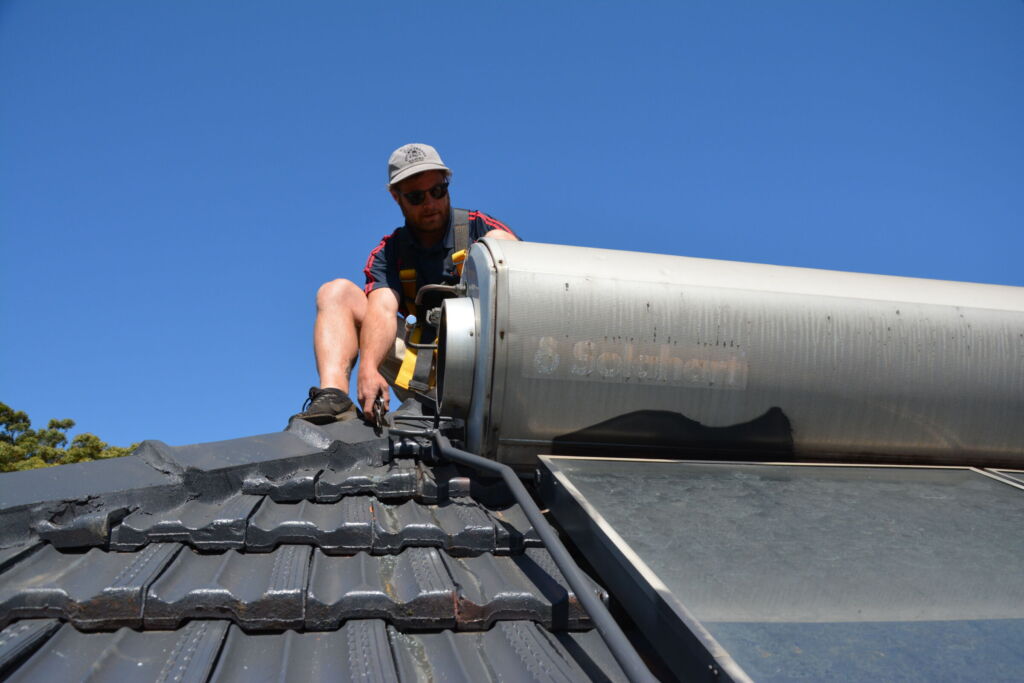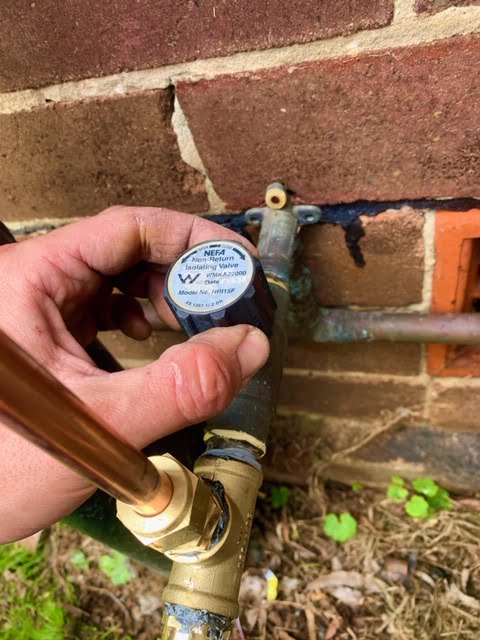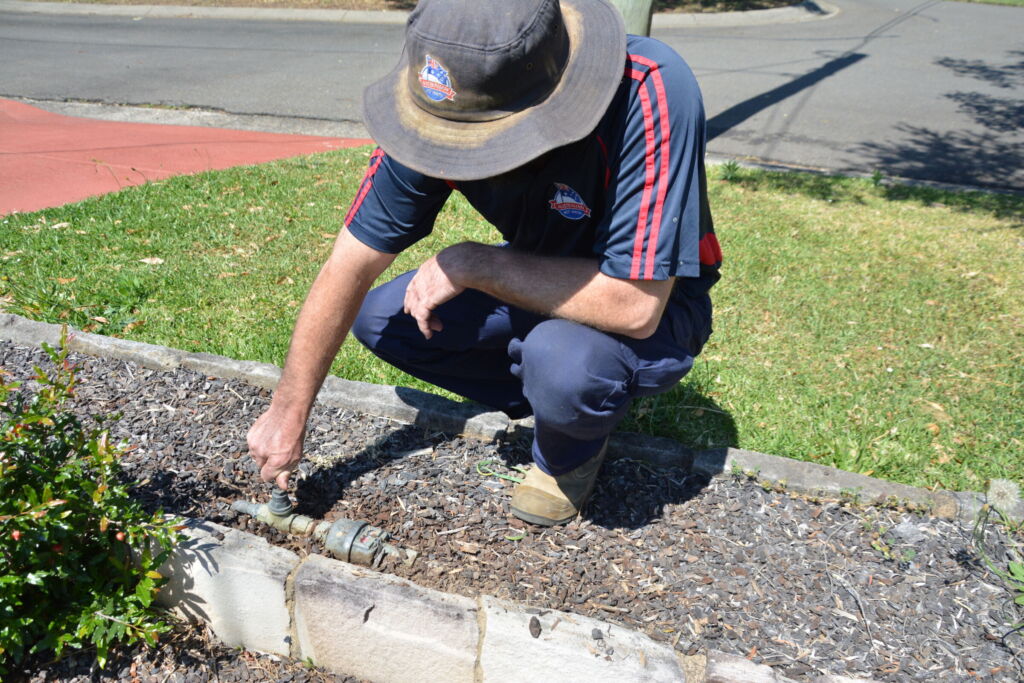A hot water system may seem complex, but turning it on or off is a task you can handle with the right guidance. While different systems—gas, electric, and solar—have unique steps, some general principles apply to all. In this guide, we will walk you through the steps for each type of hot water system.
Understanding Your Hot Water System
A hot water system is a crucial component of modern living, providing convenience and luxury to households. Knowing the basics of your system type helps with installation, maintenance, and operation.
Types of Hot Water Systems
- Electric Hot Water Systems: Common and affordable to install but may have higher operational costs due to electricity prices.
- Gas Hot Water Systems: More energy-efficient than electric models, requiring a gas supply line with generally lower long-term costs.
- Solar Hot Water Systems: Environmentally friendly and cost-effective over time but involve a higher initial investment.
The following are the general steps you will need to take to prepare your hot water heater to be turned on. We will go through the general steps before proceeding to the specifics of gas, electric, instantaneous, and solar models afterwards.
Preparing to Turn On Your Hot Water System
Before activating your system, check the following:
- Power Supply: Ensure it is switched off before any adjustments.
- Gas Supply: Confirm the shut-off valve is off before restarting.
- Water Supply: Make sure cold water is flowing into the system.
- Temperature & Pressure Relief Valve: This safety feature should be functional to prevent overheating or pressure buildup.
- Electrical Connections: All wiring should be secure and meet manufacturer specifications.
Steps to Turn On Your Hot Water System
Step 1 – Turning on the water supply
Ensure the systems tank is full before turning it on:
- Locate the cold water inlet control valve (usually at the bottom of the heater) and turn it counterclockwise.
- For solar systems, the valve is near the rooftop storage tank. If you’re uncomfortable accessing the roof, turn the water on/off at your home’s main water meter instead.
Step 2 – Check That the Tank is Full
- Turn on a hot tap inside the house.
- Allow fresh water to flush the system until a steady stream (no air sputtering) flows.
- Once steady, turn off the hot tap.
Step 3 – Turn On the Energy Source
- For electric hot water systems, switch on the circuit breaker labelled “Hot Water” or “HWS” on your electrical panel.
- If you can’t locate it, contact a professional for guidance.
Checking if the System is Heating
- Wait a few hours for the water to heat.
- If on off-peak power, large tanks may take overnight.
- Run a hot tap periodically to check if the water is warming.
Steps to Turning Gas Hot Water Systems Off and On
Older Systems with a Pilot Light
Step 1: Adjust Settings:
- Set the On/Off control to “Pilot.”
- Turn the temperature gauge to the lowest setting.
- Turn the regulator valve off and wait 10 minutes before switching back to “Pilot.”
- If you detect gas smells, turn everything off and call for service.
Step 2: Ignite the Pilot Light:
- Press the pilot button and simultaneously press the piezo ignitor repeatedly.
- Look into the burner area (or use a mirror) to check for a flame.
Step 3: Hold the Pilot Button:
- Continue holding the button for 30 seconds to activate the thermocouple.
- Slowly release the button and ensure the flame stays lit.
- If the flame extinguishes, repeat the process.
Step 4: Turn On the Main Burner:
- Set the On/Off switch to On.
- Adjust the temperature control (standard settings: 50°C without tempering valve, 65°C with one).
- Listen for the system to start heating and run a hot tap to confirm proper heating.
Steps for Turning on an Instantaneous Hot Water System
Step 1: Turn off the power and gas:
- Switch off the electrical power point next to the water heater.
- Turn the gas shut-off valve off and wait 5 minutes. If you smell gas, stop and call a professional.




Step 2: Flush the System:
- Open a hot tap for 1–2 minutes to clear any air.
Step 3: Turn Power & Gas Back On:
- Turn the power switch and gas valve back on.
- The system should automatically heat when a hot tap is turned on.
Step 4: Set the Temperature: The standard bathing temperature is 50°C (most systems are pre-set to this internally).
Steps for Turning on Electric Instantaneous Hot Water Systems
Step 1: Turn Off the Circuit Breaker.
- Locate the Hot Water Main Switch or HWS and turn off the circuit breaker that supplies the power. Some older buildings can also have just one 415 volt main switch independent of three fuse bases located close to the switch . If you’re not sure of your hot water power switches then call us for help .
Step 2: Flush the System:
- Turn on the hot tap to ensure to flush out air bubbles and ensure proper water flow through the unit. Run the taps for around 1 or 2 minutes and then turn off.


Step 3: Turn the Power Back On:
- Restore power and run a hot tap to check if the system activates.
- If no hot water flows, contact a professional.
How to turn on solar hot water systems
Given the complexity of different types of solar hot water system as well as the relevant gas or electric power source, these steps should be carried out by an expert technician. The following are basic steps that could help for in the event of returning from a long holiday and the system has been turned off or some maintenance has been carried out with the hot water supply to fixtures within the home.
Step 1 – Turn on the water supply
Using the cold water inlet control valve which is usually located at the bottom of the water heater if the storage tank is on ground level. This can be turned on by twisting the valve generally anti clockwise. With Solar systems that have tanks on the roof the valve is generally located up on the roof next to the storage tank . If you are not a person who is comfortable on roofs then do not attempt this . An alternative is to turn the water on or off at the water meter to the home instead .




Step 2 – Expel air from the system
As with other types of hot water systems, you will need to turn on all of the hot water taps in your home. Next, open the cold water isolation valve fully. Allow the taps to run until water comes freely out of them. When water is flowing freely, this should mean all air has been expelled from the line.
Step 3 – Plug in the solar control unit
Split solar systems have a circulating pump to move water up the the solar collectors. Whether there is gas or electricity supplying the hot water boosting for the storage cylinder, you will need to turn on or plug the solar control unit into the electricity source – generally the power point next to the tank.
Step 4 – Turn booster on
Electrical solar water heaters have either an electrical booster element or a gas booster . Whether there is gas or electricity supplying the hot water boosting this will need to be turned on . Some electrical boosters are on 24hr power supply and have a switch conveniently located inside the home that may also have an indicator light . In most situations the booster will be on an off peak tariff and the switch will be located at the meter board for the home.
Gas solar water heaters will need the gas supply valve turned on . In the homes that have LPG gas you will also need to check that the bottle that supply the gas is also turned on . The modern day gas boosting solar systems have a continuous flow water heater either mounted to the storage tank of the solar system or on the wall next to storage tank . These types will need the power supply to the gas system to be turned on for ignition to take place. There are some conventional-style pilot light gas boosters storage tanks used with ground solar hot water systems . The process of starting a storage gas water heater referenced in the this article ( how to ignite an older style gas hot water system ) will be the correct guide in the relighting process of a ground positioned gas boosted solar storage tank.
If you are experiencing any trouble with your hot water system, contact us today for expert advice and services including hot water system supply, installation, service and repair.




